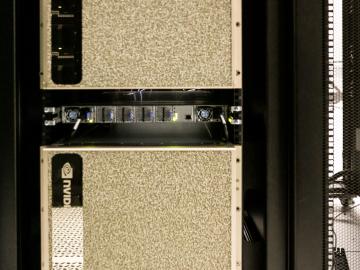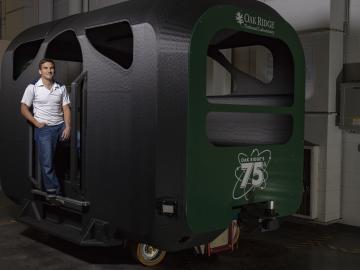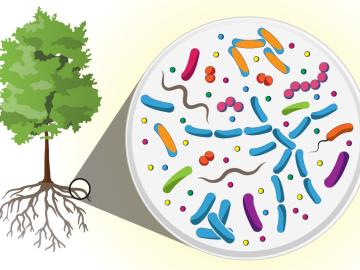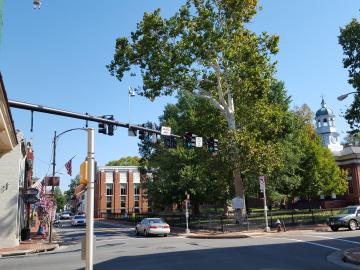
Filter News
Area of Research
News Topics
- 3-D Printing/Advanced Manufacturing (5)
- Artificial Intelligence (1)
- Bioenergy (3)
- Biology (1)
- Biomedical (1)
- Biotechnology (1)
- Clean Water (1)
- Climate Change (1)
- Computer Science (2)
- Cybersecurity (1)
- Energy Storage (3)
- Environment (4)
- Grid (3)
- Mercury (1)
- Nanotechnology (1)
- Polymers (1)
- Security (1)
- Space Exploration (1)
- Sustainable Energy (1)
- Transportation (4)
Media Contacts
![Coexpression_hi-res_image[1].jpg Coexpression_hi-res_image[1].jpg](/sites/default/files/styles/list_page_thumbnail/public/Coexpression_hi-res_image%5B1%5D_0.jpg?itok=OnLe-krT)
While studying the genes in poplar trees that control callus formation, scientists at Oak Ridge National Laboratory have uncovered genetic networks at the root of tumor formation in several human cancers.

As home to three top-ranked supercomputers of the last decade, the US Department of Energy’s (DOE’s) Oak Ridge National Laboratory (ORNL) has become synonymous with scientific computing at the largest scales. Getting the most out of these science machines, however, requires a w...

Arriving at Oak Ridge National Laboratory in late 2017 as a vehicle system engineer, Adian Cook could not foresee then that he would soon be the example of what happens to a research career when one is in the right place at the right time. But perfect timing is exactly what transpired for Cook as me...

After more than a decade spent photographing scientific achievements at the Department of Energy’s (DOE) Oak Ridge National Laboratory (ORNL), Jason Richards has stepped out from behind the camera and into the lab, in a move that continues a career

As Puerto Rico works to restore and modernize its power grid after last year’s devastating hurricane season, researchers at Oak Ridge National Laboratory have stepped up to provide unique analysis, sensing and modeling tools to better inform decisions.

Philip Bingham has two pieces of advice for researchers new to Oak Ridge National Laboratory: (1) develop a skill set that can be applied to multiple research areas, and (2) get out and meet folks across the lab. “The favorite part of my work is that I’ve done a lot of very diffe...


In a project leveraging computer vision, machine learning, and sensors, Oak Ridge National Laboratory scientists are working with private company GRIDSMART Technologies, Inc. to demonstrate how stop lights can be programmed to improve fuel economy and reduce emissions.

Mircea Podar has travelled around the world and to the bottom of the ocean in pursuit of scientific discoveries, but it is the uncharted territory he encounters when working with new microbes that inspires his research at ORNL.



